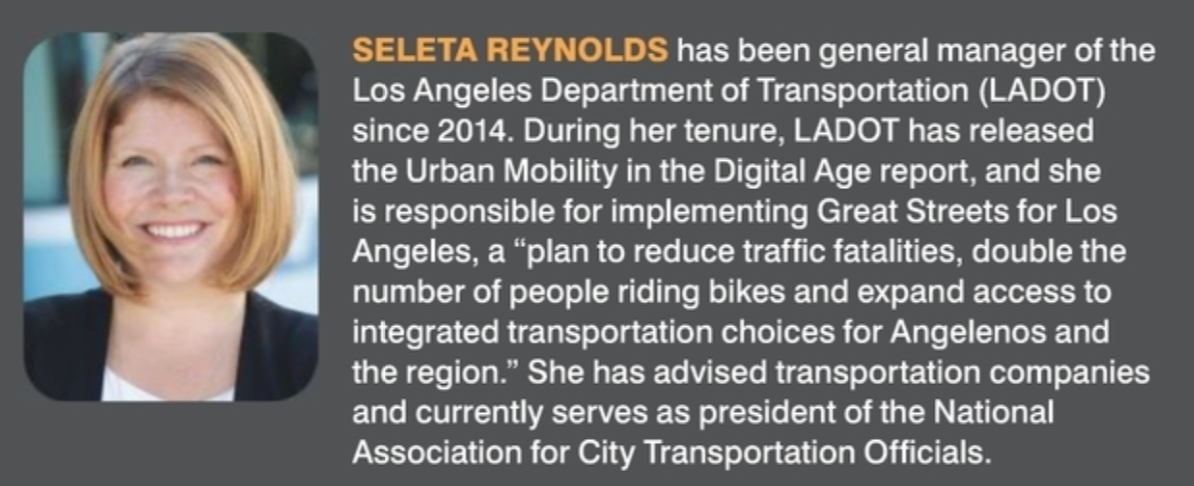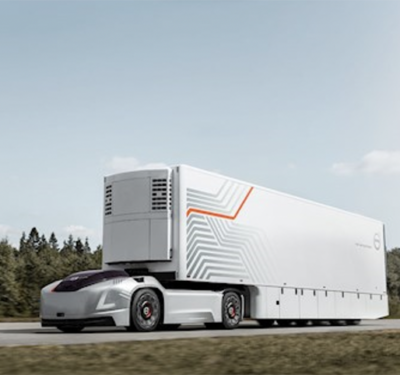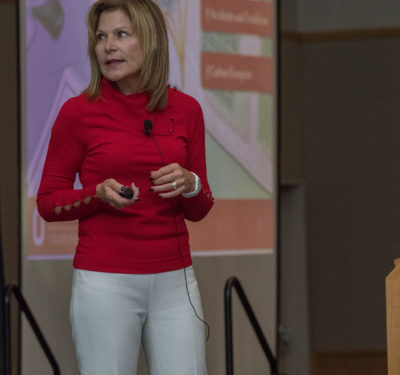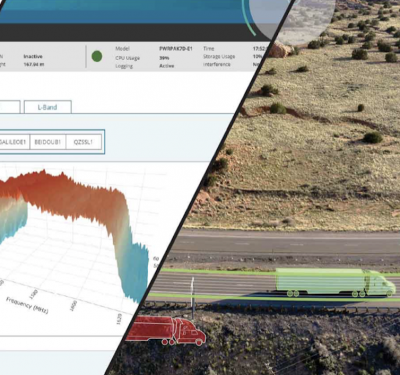
Q: Your planning documents have cited the “emerging world of driverless and connected cars” as a tentpole for L.A.’s “urban mobility in the digital age.” What elevates autonomy to such importance?
A: When it comes to preparing for the future of mobility, autonomy is not a matter of “if” but “when.” In Los Angeles, we choose to plan for these changes so that we are well positioned to make the most of opportunities and ensure autonomous vehicles optimally ease congestion and increase safety on the streets of L.A., enhancing our economy and quality of life.
Q: What infrastructure—connectivity, signals and the like—will you implement for autonomous mobility?
A: LADOT is using its long legacy of cutting-edge innovation to prepare for an increasingly autonomous, shared and connected future. This starts with digitizing our assets. LADOT is exploring LiDAR technology to map out all of its curb space, nearly 15,000 miles of curbs through the city. This also starts with creating open source tools like the Mobility Data Specification (MDS), which uses APIs [application programming interfaces] to help LADOT digitally manage the world’s largest dockless scooter program.
Q: What actions has LADOT taken to, as you’ve put it, connect the “technology in the vehicle that talks with the other vehicles and infrastructure?”
A: LADOT is focused on digital tools that help us better manage how people get around. First, we’re digitizing our assets, including coding all curb space in the city to digitally manage how we regulate and use our curb space. Second, we’re leveraging vehicle information from private mobility operators, like scooters and bicycles, to ensure new private modes are safe, equitable, and help improve—rather than take away from—everyone’s quality of life. And we’re building strong coalitions of public agencies and private investors at an international scale to help cities develop open-source, code-based tools for mobility management, so that we can efficiently prepare for whatever the future brings.
Q: You’ve said that a mobility revolution could “go well or poorly.” How can autonomous vehicles contribute to a positive outcome?
A: We cannot afford to be careless and bring products to market in complex urban environments before they are safe. Furthermore, modes that encourage people to continue traveling alone in a car—whether that car is autonomous or not—do not help us solve some of our most challenging problems. LADOT is focused on harnessing new technology like autonomy to help achieve our city’s goals, including cutting traffic and improving air quality. Autonomy also has potential to radically transform how we provide transportation services to senior populations and support safety on buses and other transit options the city provides.
Q: Given that nobody’s crystal ball is perfect, how are you staying flexible when considering L.A.’s autonomous future?
A: We are only beginning to understand the full impact of how this technology is going to affect our cities. By continuing to develop approaches and tools as part of an open source community, like the Open Mobility Foundation, we ensure that we’re thinking about some of the technical infrastructure questions in collaboration with a larger community of public and private sector leaders in transportation.
Just as we’re living with the legacy of freeway construction and low-density planning on consumer behavior 75 years after the fact, the impacts of policy decisions we make today will be with us well into the future. By ensuring the efficacy of modes of transportation in alignment with the city’s strategic goals of safety, sustainability and equity, we can ensure the arrival of autonomous transportation is a net benefit for residents.






